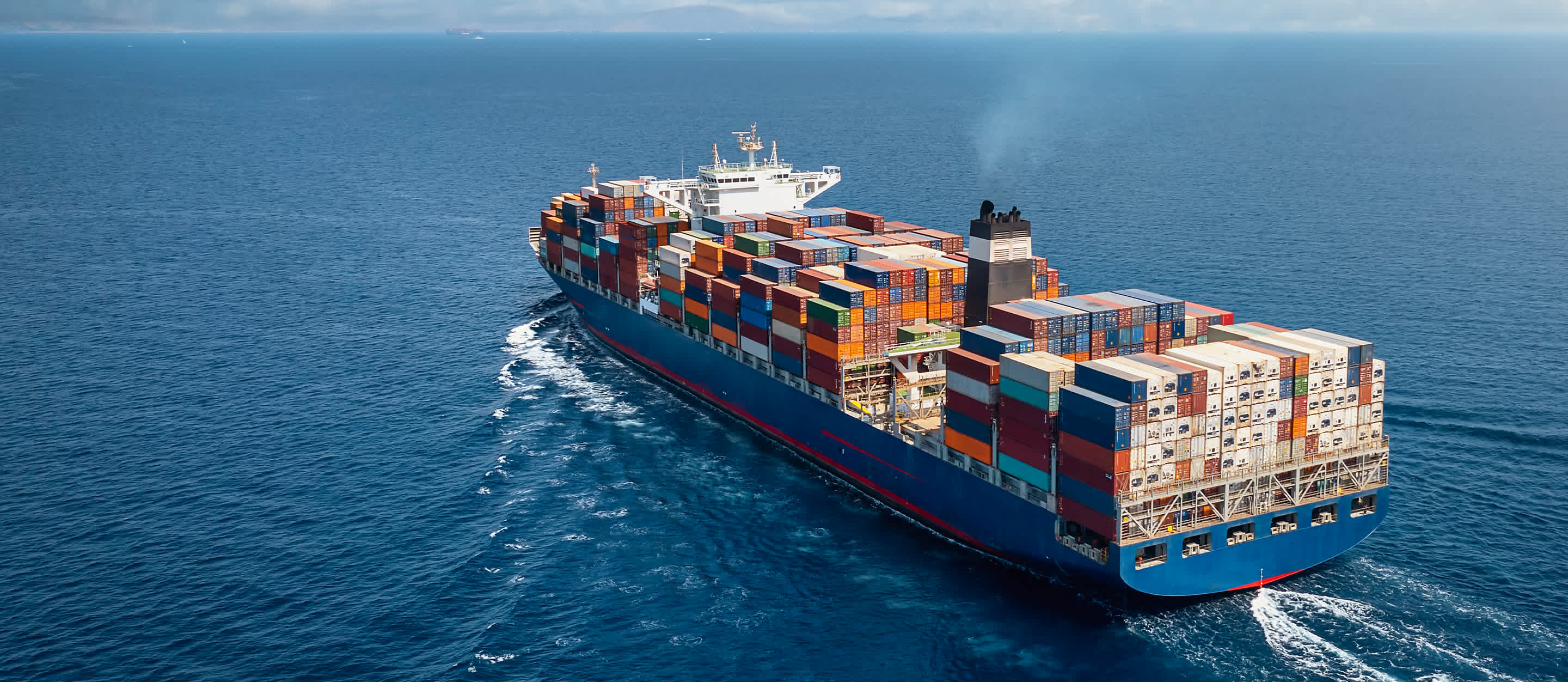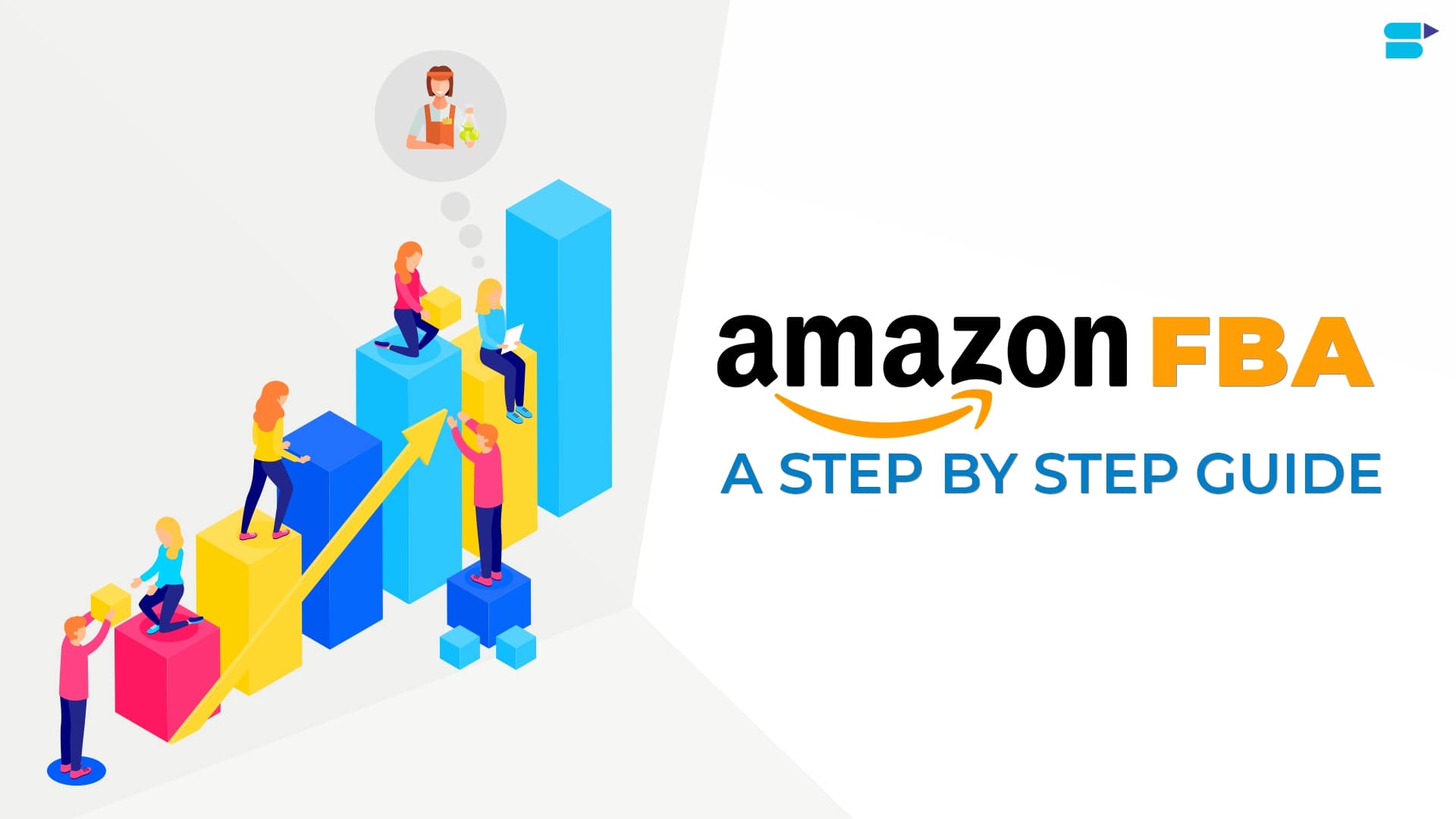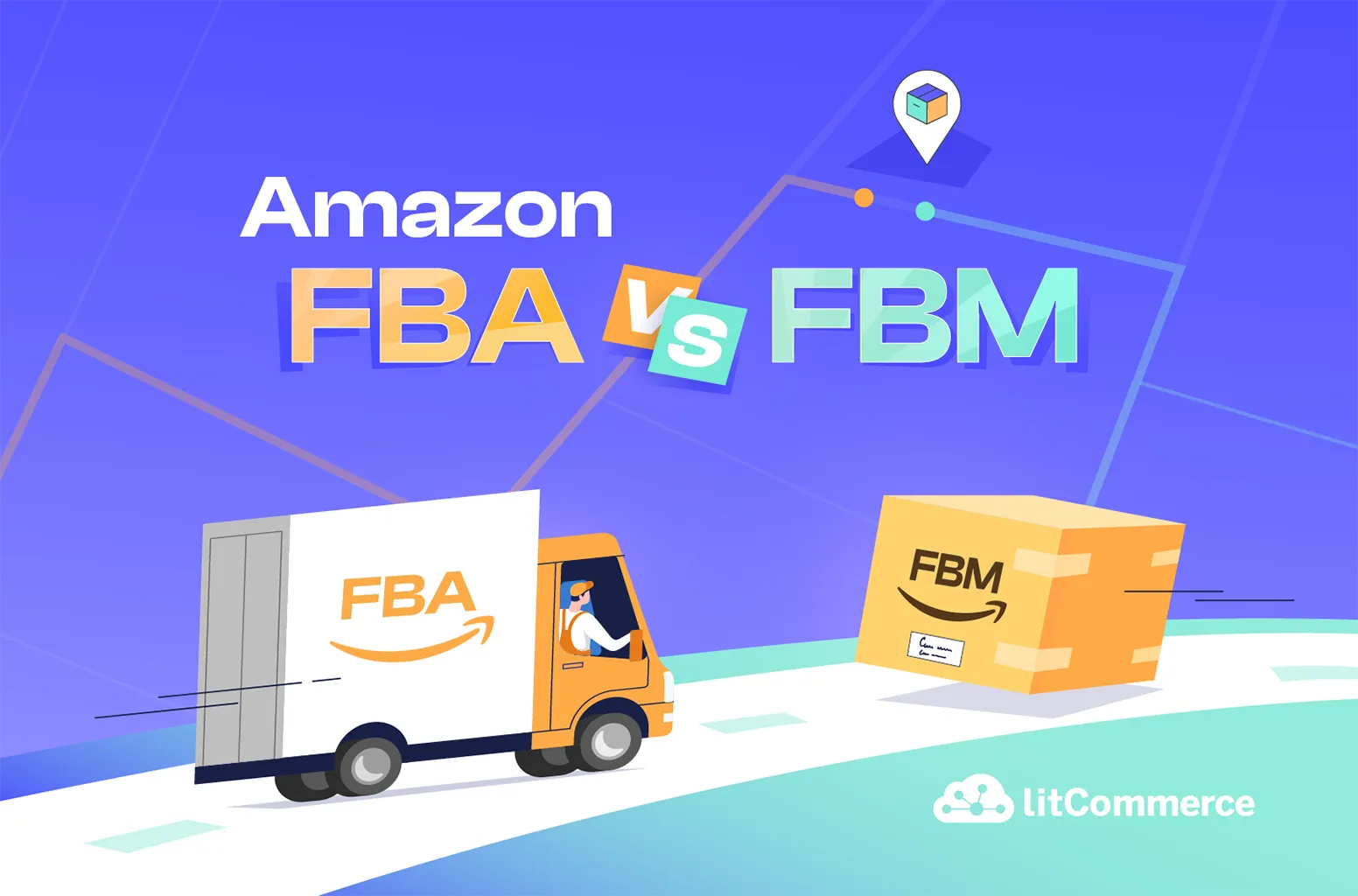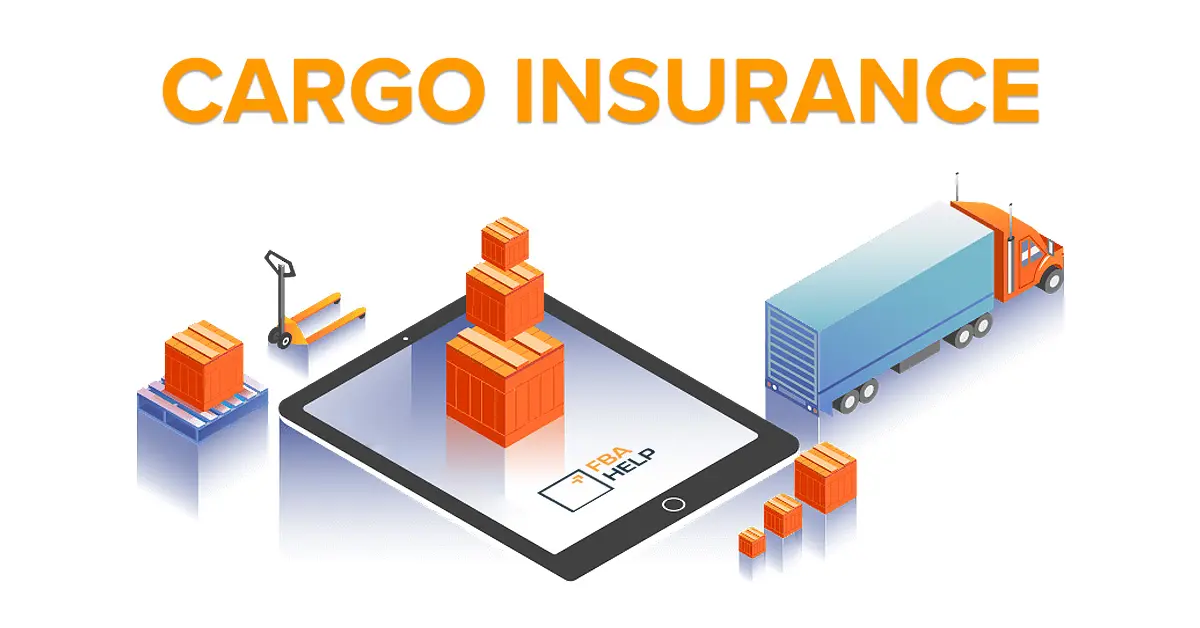Guide to Full Container Load (FCL) Shipping
FCL, a widely used shipping method in the world of sea freight transportation. With FCL, you can ship larger shipment volume or more cargo quantities at lower costs. How exactly does FCL work? How are FCL shipments charged? What are the pros and cons of shipping by FCL? Read on, and we will help you understand all the intricacies of FCL shipping.

1. What is FCL in Logistics?
FCL (Full Container Load) refers to shipping where a full 20ft or 40ft container is exclusively used for one shipper's cargo. Unlike LCL (Less than Container Load), FCL shipments do not share space with goods from other shippers.
2. How Long Will FCL Shipping Take?
FCL shipping typically takes between 3 to 6 weeks, depending on the origin and destination. Since FCL shipments do not require consolidation, they often have faster transit times than LCL, which involves additional processing. However, factors like weather, port congestion, and customs procedures can impact the timeline.
3. FCL Shipping Procedures
The steps for FCL shipping are:
- Book space for your cargo.
- Prepare and submit required documents.
- Complete export customs procedures.
- Load goods into the FCL container.
- Transport goods to the terminal.
- Sea freight transit.
- Unload cargo at the destination port.
- Complete import customs clearance.
- Deliver goods to the destination warehouse.
4. Documentation Required for FCL Shipments
Documents typically required for FCL shipments include:
- Bill of Lading: Details the shipper, consignee, and cargo information.
- Packing List: Provides details about items, quantities, and packaging.
- Commercial Invoice: Lists the total value of the goods.
- Certificate of Origin: Indicates where the goods were produced.
- Cargo Insurance: Covers potential losses or damage to the goods.
5. Benefits of Shipping FCL Cargoes
- Quicker Transit Times: FCL avoids delays from consolidation or deconsolidation, reducing shipping time by 4-7 days.
- Enhanced Protection: Since the entire container is dedicated to one shipper, cargo is less likely to be mishandled, making FCL ideal for fragile items.
- Cost Efficiency for Large Volumes: FCL can be more cost-effective than LCL when shipping large quantities. If a shipment exceeds 14 CBM, FCL can be cheaper than LCL.
- Simplified Customs Procedures: FCL shipments involve only one consignee, reducing documentation complexity and making customs procedures smoother.
6. Challenges of Using FCL
- High Volume Requirement: FCL is more cost-effective for large shipments. If your cargo doesn’t fill a container, you may end up paying for unused space.
- Storage Space: You need sufficient storage facilities to manage large inventories.
- Reduced Flexibility: FCL shipments are less frequent, which may cause longer lead times between shipments, limiting flexibility for quick responses.
7. How to Calculate FCL Shipment Charges?
FCL rates are typically calculated at a flat rate per container. Additional fees may include:
- Handling charges
- Chassis and drayage fees
- Destination port fees
- Customs fees and import duties
8. Capacity of FCL Containers
Common FCL container types and their capacities are:
- 20-foot Container: Holds up to 33 CBM and fits around 10 standard pallets.
- 40-foot Container: Holds up to 67 CBM and fits around 21 standard pallets.
- 40-foot High Cube: Holds up to 76 CBM, offering additional space for 25 European pallets.
9. Commonly Used FCL Container Types
- Standard Dry Containers: Used for most types of cargo.
- Refrigerated Containers (Reefers): For temperature-sensitive goods.
- Tank Containers: For liquids, gases, or powders.
- Flat Rack Containers: Used for oversized or heavy cargo.
- Collapsible Flat Rack Containers: Used for similar purposes as flat racks but can be collapsed for space efficiency.
10. Features of FCL Containers
- Open-Top Containers: Ideal for tall cargo that cannot fit into standard containers.
- Tunnel Containers: Double doors for easy loading from both ends.
- Refrigerated Containers: Keep goods at a constant temperature, suitable for perishables.
- Flat Rack Containers: Allow loading from the top or sides, ideal for bulky cargo.
11. FCL vs. LCL: How to Choose Between FCL and LCL?
- Shipment Volume: FCL is more cost-effective when shipping volumes exceed 14 CBM. Below this volume, LCL might be a better choice.
- Transit Time: FCL usually offers faster delivery due to direct shipping, while LCL involves waiting for consolidation.
- Cargo Type: FCL provides better protection for sensitive items, reducing the risk of damage.
12. When Should You Book FCL Shipments?
- Large Volumes: FCL is the best choice when your shipment fills an entire container.
- Extra Cargo Protection: FCL is ideal for high-value or fragile goods, offering greater security and reducing the risk of damage.









